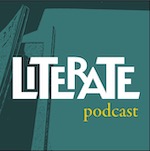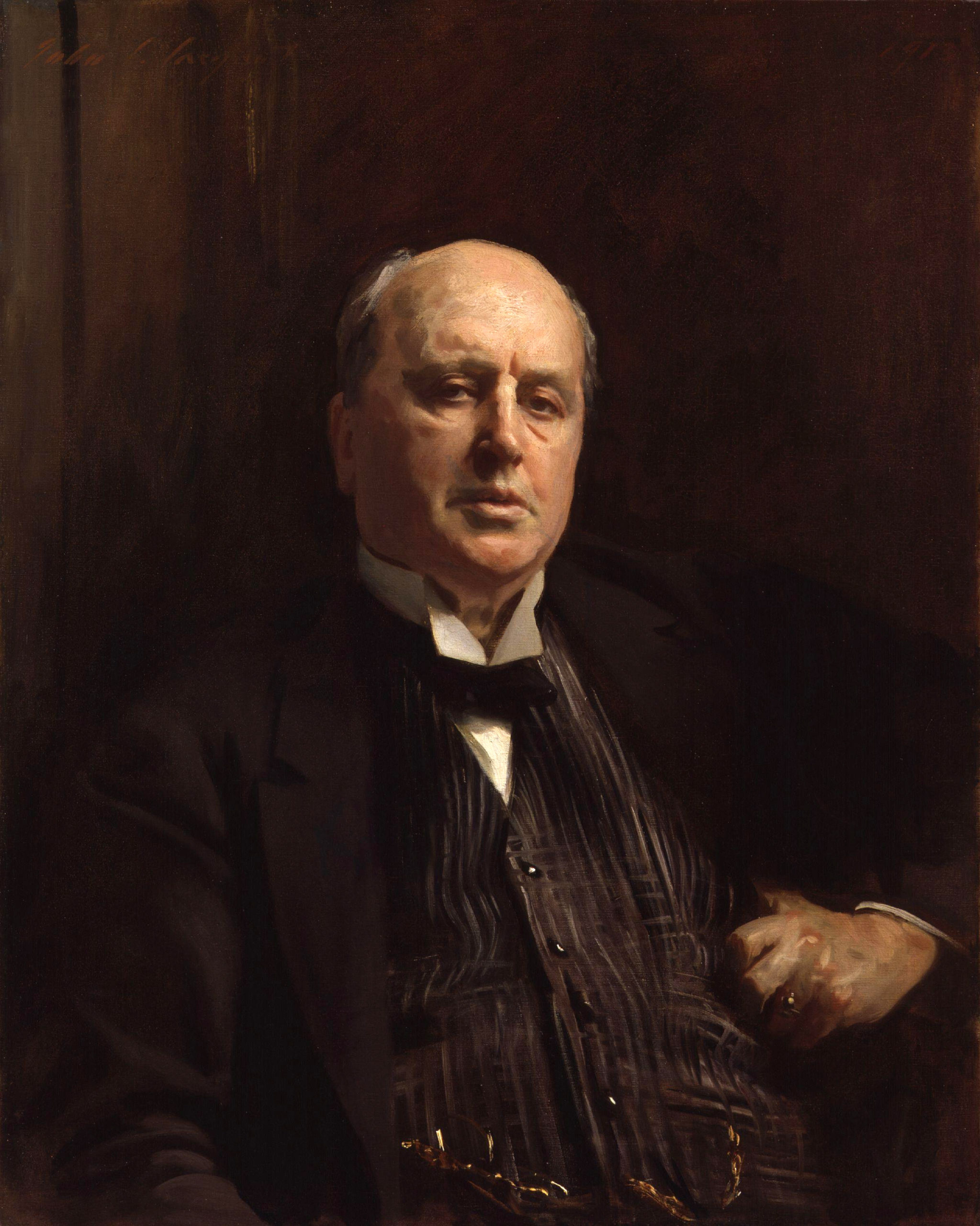We step into a world of uncertainty, this week, with The Turn of the Screw by Henry James. In this ghost story, a young woman takes up a new job as a governess, caring for two children who seem almost too good to be true… But while the governess tells a tale of ghostly visitations, her story brims with ambiguity and cause for doubt. As a result, readers have drawn enormously different conclusions about what, exactly, even happens. And the horror of this story really turns on James’s super-sensitivity to nuance, as well as his sense of fun. Those qualities have kept readers entertained for over a hundred years, while also fueling major scholarly debates and shaping the genre of horror itself, not least by inspiring a slew of adaptations, like the recent Netflix series, “The Haunting of Bly Manor“.
What a pleasure it is to hear from this week’s two expert guests! In an extended reflection, Dara Downey, who lectures at Trinity College Dublin, tells us about what makes this such a great ghost story. We later learn more about the rich history the book’s reception in an interview with Jonathan Warren, who is Associate Professor of English at York University in Canada and editor of the most recent Norton Critical Edition of The Turn of the Screw.
This is an affiliate link for which we may receive a commission.
Sources
Lustig, T.J. Introduction. The Turn of the Screw and Other Stories, by Henry James, Oxford University Press, 2008.
Kraft, Wolf. “How Henry James Haunts Horror Cinema”. YouTube, uploaded by History of Horror, 1 Oct. 2020, https://www.youtube.com/watch?v=0aM5HJcOIcE.

